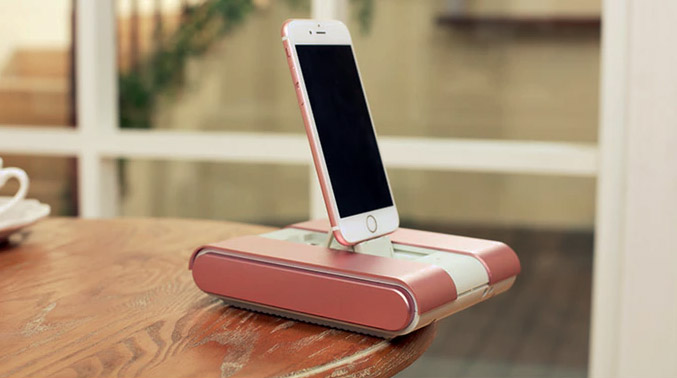The Premise. The promise of robots that can replace humans is still thankfully just a pipe dream, but for now we have telepresence robots to at least be places that aren’t a possibility for one reason or another. Unfortunately, these devices are often very expensive for just the average, everyday person.
The Product. PadBot takes the idea of the telepresence robot and cuts down on costs by using a standard tablet computer as the brain and display of the device. Compatible with Android and iOS tablets for now, PadBot is easily controlled through a smartphone when it comes to driving, and can also angle and shift its display as necessary. The robot also has sensors on the base of the device to prevent being knocked over or bumping into things it can’t see. Designed to be simple to use on both sides of the interaction, PadBot has an intuitive, simple app and doesn’t get underfoot in the physical world at the same time.
The Pitch. Seeing the PadBot in action, developer Inbot Tech shows off a few basic ways the device can be of use. Whether collaborating at meetings in the office or attending birthday parties for out of town family, the PadBot seems versatile enough to tackle any indoor challenge (and even some light outdoor tasks). Inbot Tech needs $30,000 for production, molding, and testing.
The Perks. Starting in December, backers can get their very own PadBot for $329, iPad not included. Multiples can be purchased at higher tiers for families or retailers.
The Potential. Telepresence robots are exciting ways to interact with workplaces and loved ones remotely, and the market space is beginning to grow to reflect that. PadBot is essentially a high-end Telemba, opting for a dedicated robot instead of co-opting a Roomba, though both rely on a tablet for their “brain.” On the other hand, PadBot is significantly cheaper than similar products like the Double offered by Double Robotics, although the Double Robotics robot looks more stable and high-quality. This looks like an easy to set up, easy to use telepresence robot that offers fewer necessary components and a very attractive price point. Offices may want to invest in a couple for telecommuters, while the end user may have a harder time justifying the purchase.
